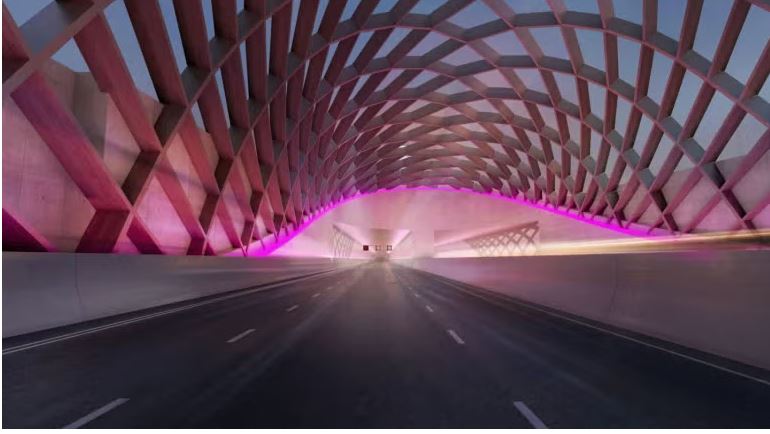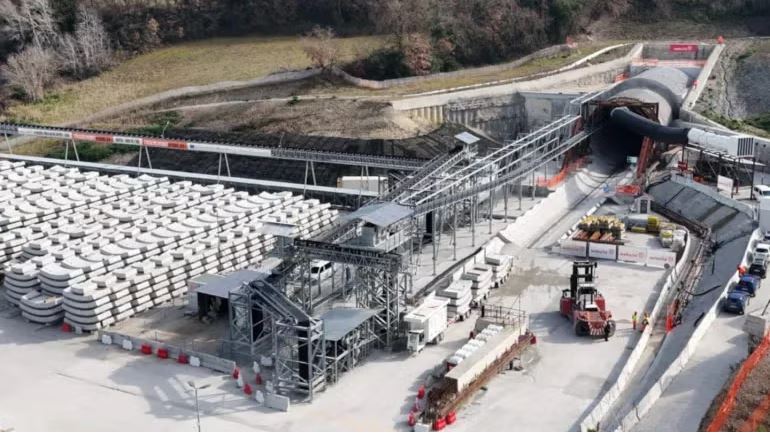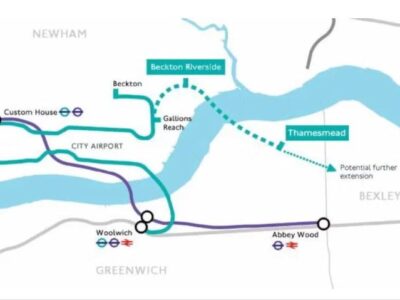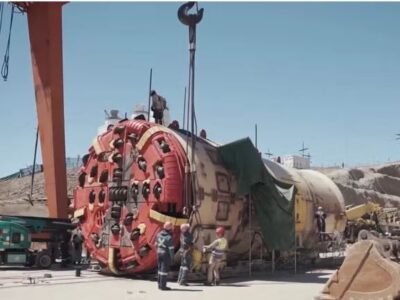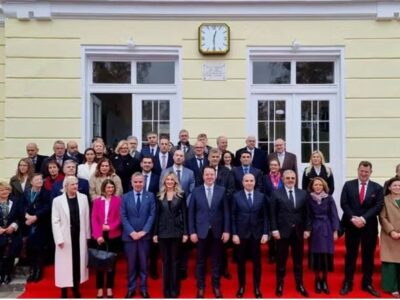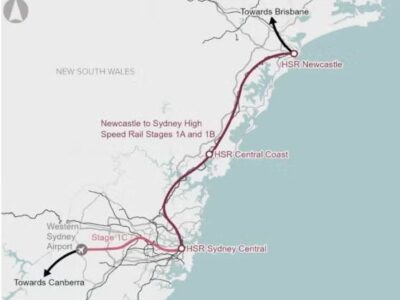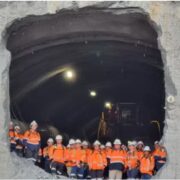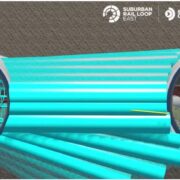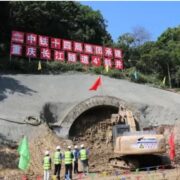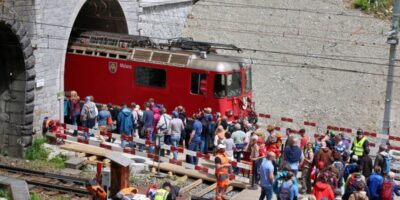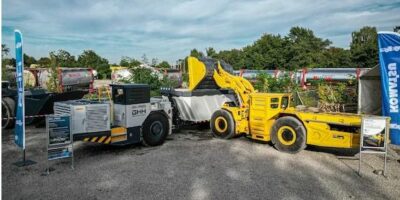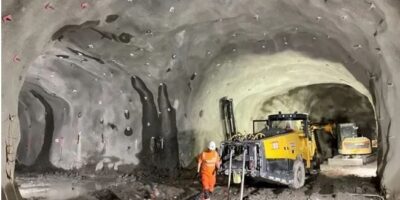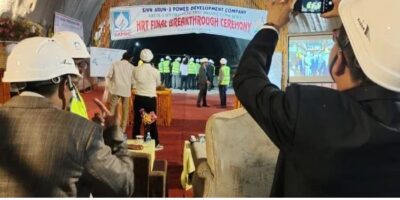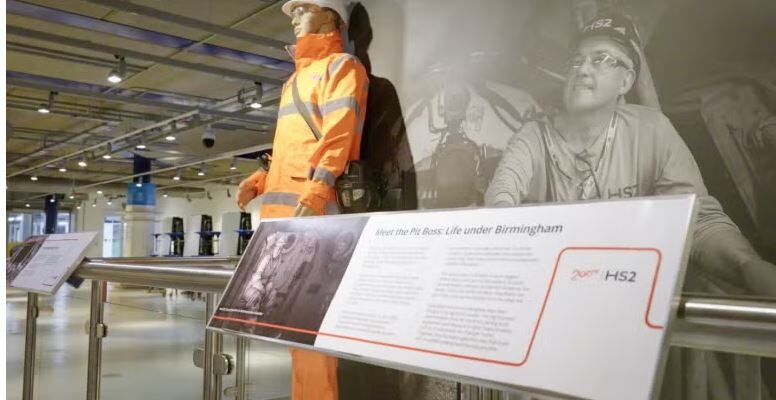
As part of the nationwide Railway 200 celebrations, which mark 200 years since the birth of the modern railways, an exhibition celebrating the city’s connection to the railways was held by HS2 and Thinktank, Birmingham’s Science Museum.
The date of inaugurating HS2’s year-long exhibition officially was Saturday, September 27, which is the date of the world’s first passenger train journey along the Stockton and Darlington Railway.
Covering railway construction from the Kilsby Tunnel, built by hand over five years around 200 years ago on the route of the original London to Birmingham railway, this exhibition showed how HS2’s engineers completed the first section of the 5.6km Bromford Tunnel, linking North Warwickshire and Birmingham, in just 22 months.
HS2’s advances in civil engineering and technology was illustrated by an immersive audio-visual experience. While it played the real sounds of a 1,600-tonne TBM at work, a short film showed how the machine was assembled before being launched. Two cutter discs, taken from one of HS2’s TBMs, will also be on display.
According to HS2 Ltd’s head of community engagement, Luke Nipen: “Birmingham’s historic and future connection to the railways was a fascinating story. Thinktank’s prime location, directly opposite the site where HS2’s brand-new terminus station will be built, brings the whole experience to life for visitors. On arrival, they will see the sheer scale of the progress we are making to bring high-speed rail into Birmingham for the very first time.”
With 43 years’ experience in the tunneling industry, the story of what it was like to work 40m below the ground, inside the 125m-long TBM, is brought to life by Tunnelcraft pit boss, Steve Rocke, who managed the underground team that built the Bromford Tunnel and it is being delivered by HS2’s construction partner in the Midlands, whereas Balfour Beatty VINCI is his last mission before retirement. The past three-and-a-half years working on HS2 have enabled him to pass on his skills and experience to the next generation of tunnellers.
“I’m immensely proud to finish my career working on HS2, a monumental feat of engineering that will ultimately bring the UK’s two biggest cities closer together. Knowing that rail passengers of the future will speed through the tunnels I have helped to build really is a privilege,” he said.
He also added: “As my career draws to a close, I look to the young men and women that have joined us as apprentices and graduates with admiration, knowing that they will play an important role in shaping the next 200 years of Britain’s rail story. Hopefully one or two visitors to the museum will feel inspired to join them too.”
In order to developing new skills through its education programs, work experience placements and apprenticeships, HS2 it is striving to inspire the next generation and has created thousands of opportunities for young people and also it intends to build on that success and encourage more young people, and adults, to find out more about Britain’s new railway, by its partnership with Thinktank.


